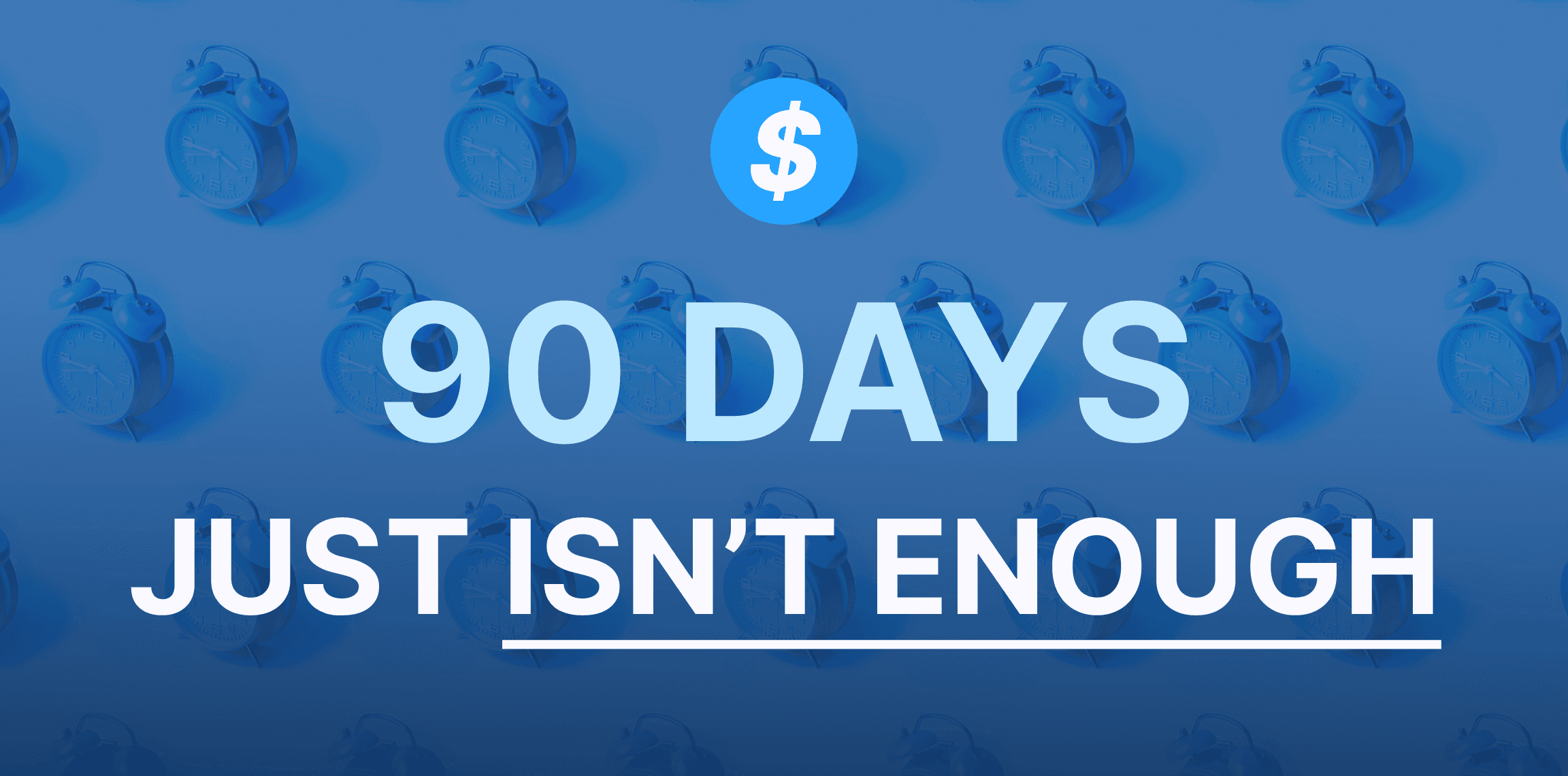Think you can complete your BEAD application in 90 days? Think again.
January 18, 2024
If you're waiting for your state's application, you'll be too late.

All states, five U.S. territories and the District of Columbia must submit detailed project and budget narratives to the Biden administration by August 15th if they're planning to apply for BEAD grants.
The National Telecommunications and Information Administration (NTIA) has made a packet with detailed instructions available to state and territory level broadband offices.
Here's the basic checklist of documents required:
The Infrastructure, Investment, and Jobs Act (IIJA,) otherwise known as the Bipartisan Infrastructure Law, made a total of $65 billion available to close the digital divide. The grant program is known as the Broadband Equity, Access and Deployment grant program. It also includes funds for digital equity, which the NTIA expects grant recipients to use concurrently as they plan for new broadband networks to unserved and underserved locations.
States can apply for an initial $5 million, which they can use over five years, to do their broadband planning. Territories and D.C., have access to $1.25 million.
Instructions from the NTIA state that applicants should indicate who they're working with in the form of partners and subrecipients, and that project summaries should outline “how the project will advance the objectives of the BEAD program as well as specific objectives outlined in the NOFO for Initial Planning Funds and Five-Year Action Plan.”
Applicants must also provide high-level financial figures and budget information, and limit their summaries to 1,000 words.
Below are a list of eligible costs that can be incurred for BEAD funds used for broadband planning. The table came from the NTIA's planning documents.
| ||||||||||||
The NTIA also provides examples of what a budget narrative would look like, as well as other planning templates.
Fund recipients have 270 days, or about 9 months after they receive the grants to provide the NTIA with a 5-year action plan. For more detail on this, refer to Broadband.money's Annotated Guide to the BEAD NOFO.
Broadband.money provides detailed broadband availability maps of served, unserved, underserved, and related categories of "likely underserved," and “arguably underserved" areas. For more detailed explanations of how we do this, read “Why Ready Speed Rank,” "How Ready Speed Rank Works," and see how the maps can be used to create "project areas."
Check them out, and contact us for more information.

January 18, 2024
If you're waiting for your state's application, you'll be too late.

January 09, 2024
The big sky state joins a small list of eligible entities that have kicked off their broadband challenge process.